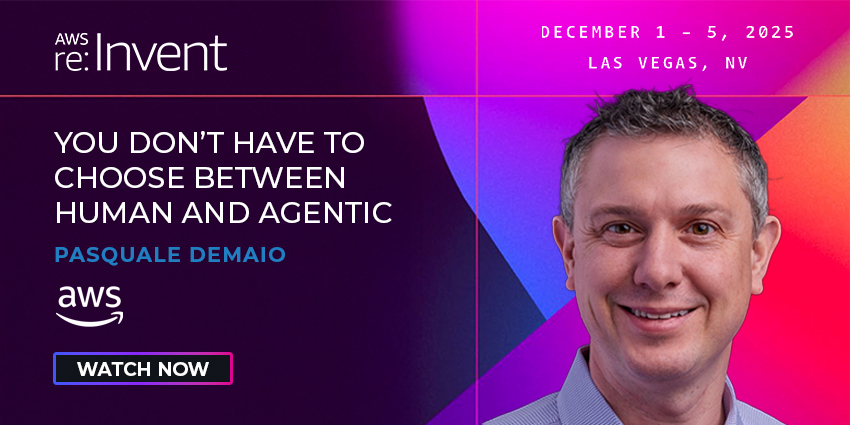As innovations in technology boom and new devices constantly make an appearance, it’s clear that digital transformation has impacted almost every industry in the last three to five years — and now it’s changing again. From the growing popularity of the Internet of Things (IoT) to ubiquitous mobile apps, this digital transformation (DX) has simplified everything from buying groceries to renewing a prescription and, as a result, has improved daily tasks for consumers as well as the way organisations interact and communicate with them.
In October 2017, Gartner released a report exploring the accelerating pace of technology and included 10 predictions for 2018. Three of these predictions are particularly relevant for unified communications (UC) in healthcare, and indicate trends that should be top of mind for every organisation:
- Chatbot development will trump mobile app development
- IoT technology will be a part of nearly every new product design
- A significant chunk of IoT security budgets will be applied to fault remediation
Of all the areas currently undergoing a digital transformation, healthcare stands alone in its need for the absolute personalisation of communication and the highest levels of security. As speech recognition and text-to-speech become more commonplace, it’s important for UC providers to hospitals to remember that more technology by itself is not the key to improving patient care — it’s better technology.
Chatbot Development to Supersede Mobile App Development
Gartner predicts that by 2021 more than 50 percent of enterprises will be spending more per annum on bots and chatbot creations than traditional mobile app developments, which is a significant shift from even the past five years. In 2013, the shift toward mobile was making headlines in the tech industry because it indicated a new way of approaching workflows and consumer communications for every industry. Now, just a short time later, that shift toward an all-mobile world has happened and is evolving even further.
Chatbots enable interactions with patients through voice and text, providing a greater degree of flexibility in communication. As a result, these bots can fill a gap that exists between patient self-scheduling and receptionist-assisted scheduling. By using existing available information about a clinic or provider’s availability, these chatbots can automate scheduling requests over text message by having patients text a keyword such as “hello” or “appointment” to a healthcare system’s main scheduling number — where the bot can chat with the patient just as a live person would.
While chatbots have become a bit of a buzzword, Gartner’s prediction illustrates a sizeable shift in the focus toward this area, which means that healthcare organisations partnering with various companies to simplify their patient communications strategy through technology need to have chatbots on their horizons as well.
As IoT Connectivity Surges, Patient Preference Must Rule
The second prediction relevant to healthcare was that by 2020 IoT technology will be in 95 percent of electronics for new product designs.
In the broader consumer world, every aspect of modern life is becoming more connected. In healthcare, however, how things are connected must remain separate from how people are connected. After all, connecting a patient to their doctor to discuss sensitive issues should be handled very differently than connecting a consumer to a car, fridge or wearable device.
While chatbots are an increasingly relevant key to better care through simplified patient communications, a hospital’s population should be driving its innovation — not the other way around. After all, communication tools are only successful when they’re used. So if one hospital’s patient population would rather skip the chatbot — and avoids reaching out for care as a result — then the bot wasn’t actually helpful, and nothing was “transformed” in the end.
Security is a Non-negotiable
The last Gartner prediction healthcare organisations should keep in mind is that by 2022 half of all security budgets for IoT will go to fault remediation, recalls and safety failures rather than protection. This is also the one prediction healthcare cannot afford to have become reality, in its focus on cleaning up rather than preventing security messes.
Although it seems that there has been a healthcare data breach nearly every month since 2015, if IoT is to be the future of all new product designs and telemedicine deployment is on the rise, then patients (and hospitals) can’t afford to place sensitive data at risk. Because if patients don’t feel like they can trust the technology at play, they won’t use it — no matter how convenient or preferable it may be.
Chatbots can play a significant role in simplifying patient communications and meeting evolving patient engagement needs. However, chatbots cannot stand alone. They must exist as part of a patient-oriented communication ecosystem that tailors the experience to the patient’s preferences in a secure, trusted way.

Guest Blog by Perry Price, CEO/President of Revation Systems
Revation Systems is committed to enabling rich, secure, and compliant communications. Revation works with organisations to secure their most important connections with customers, patients, and business partners. Since our founding in 2003, we have been dedicated to the belief that the use of a cloud platform can improve the quality of communications while simultaneously eliminating hassle.







